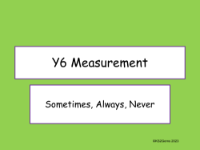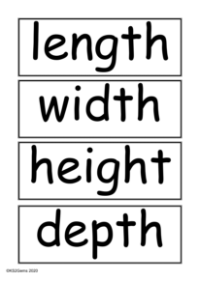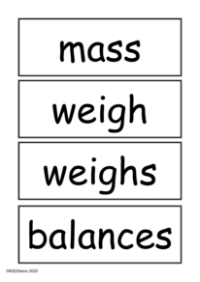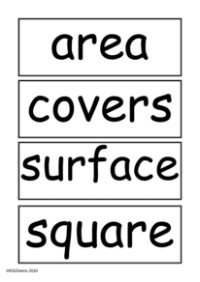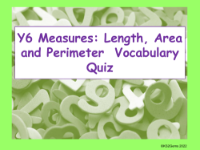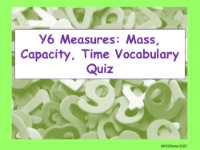Vocabulary - Measures: Capacity
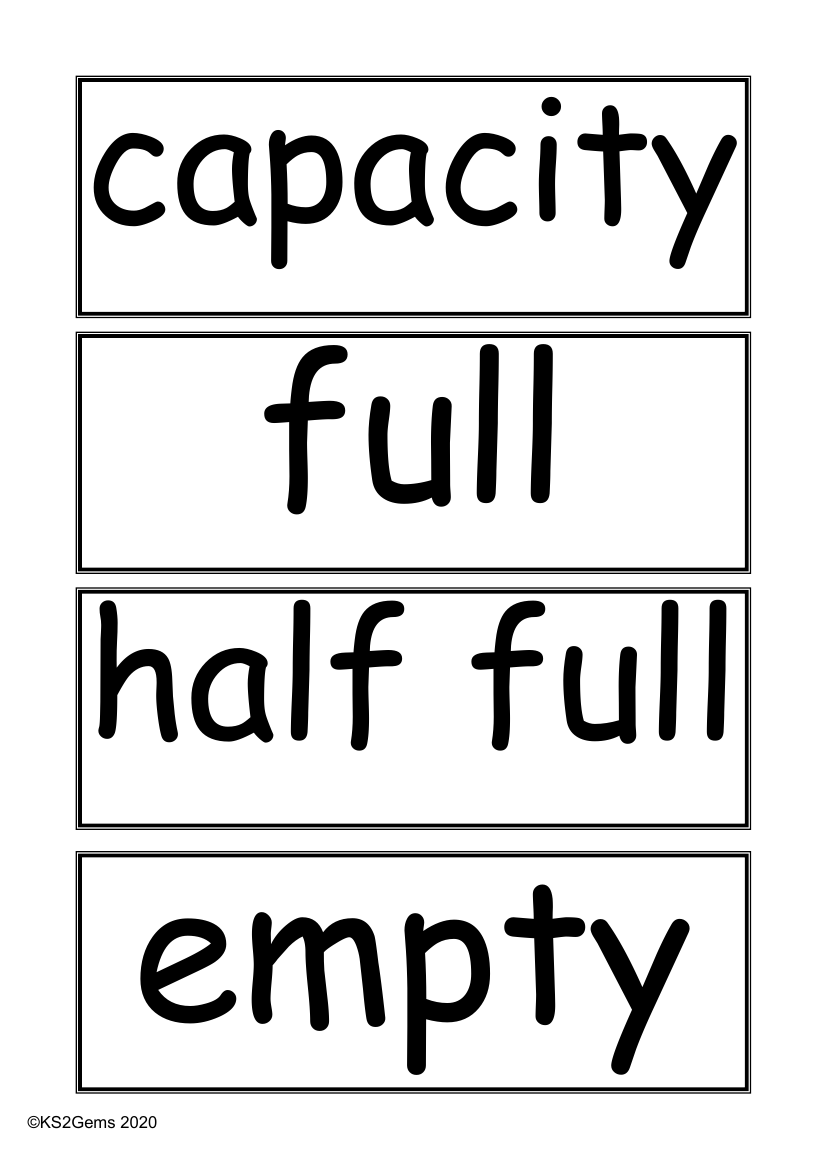
Maths Resource Description
The vocabulary related to measures of capacity is essential for understanding how much a container can hold. The term 'capacity' refers to the maximum amount a container can contain. When we describe a container as 'full', it means it is filled to its capacity, while 'half full' indicates it is filled to 50% of its capacity. Conversely, 'empty' signifies that the container holds nothing at all. These terms are fundamental in everyday life, whether we're pouring a drink or measuring ingredients for a recipe.
Various units are used to express capacity, with 'litre' (l) being one of the most common. A 'half-litre' is, as the name suggests, half of one litre, while a 'millilitre' (ml) is a thousandth of a litre. For larger volumes, we may use 'gallon' or 'pint', which are traditional units still used in some contexts. In scientific and more precise measurements, 'centilitre' (cl) and 'decilitre' (dl) are also used, where one litre equals 100 centilitres or 10 decilitres. When discussing volume, especially in scientific contexts, we might use 'cubic centimetres' (cm³) or 'cubic metres' (m³) to express the three-dimensional space an object occupies. Understanding these terms and units is crucial for accurate measurement and comparison of volumes and capacities.
